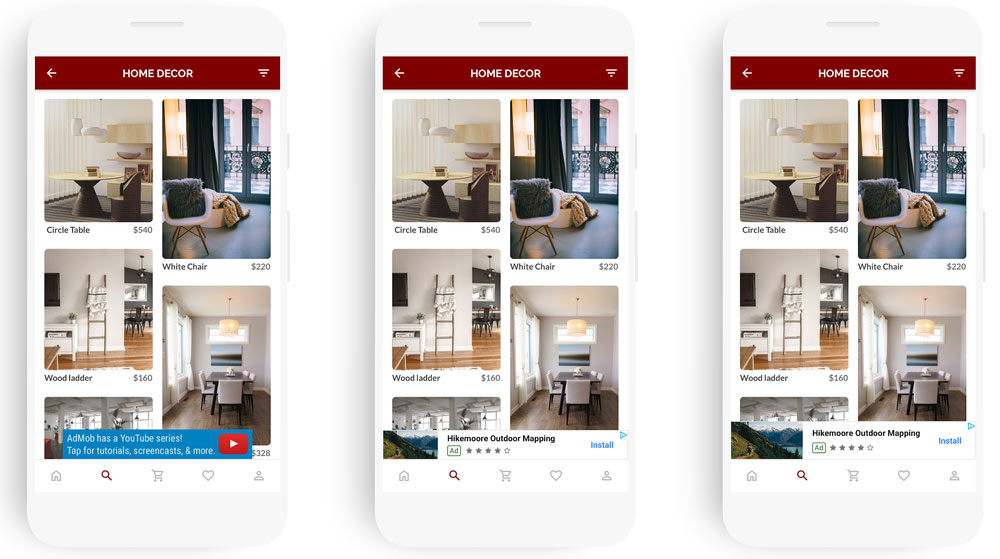
Banner ads aren't dead. Google is still loving them, and in fact, is still improving them to reach and appeal more people.
As the search giant of the web that conquers most of the internet's advertising market, Google is launching a banner ad type it calls 'Adaptive Anchor Banners', which are able to adapt to varying screen sizes, helping to maximize performance in line with the evolving consumption behaviors.
In the modern mobile-first world, there are more than plenty of smartphones and tablets to choose. With the many screen sizes, publishers who want to show Google's ads, must be able to serve those ads across a greater variety of screen sizes and layouts.
As a result, those publishers may experience a hard time when designing the web pages they want to Google's ads to appear.
Yes, Google does have the responsive banner ad format. However, according to Google, this format can often produce ads that are either too small, or not sufficiently tailored to the height and aspect ratio of each device.
"To address this, we’ve created a new banner type called adaptive anchor banners. These ads dynamically adjust banner sizes to deliver a creative that is ideally sized across your user’s devices without the need for any custom code," said Google on its blog post.

Google goes on by explaining that:
In other words, ads won't anymore appear too small or too large. In Google's words:
This ad type is aimed primarily to those publishers who want the simplest solution into getting the best banner ad returned across any device.
Initially, the option is launched as a beta on Google Ad Manager, and only available for anchored placements (banners that locked to the top or bottom of the screen).
"Publishers who want to try it out on that platform should reach out to their account managers or contact our support team," said Google.
"We recommend testing adaptive banners against some of your existing banner ads to understand how they can help you maximize fill rates, engagement, and revenue."
As of the announcement, Google is working on the full implementation of this ad type. And in the meantime, Google also said that AdMob is actively developing another adaptive algorithm for in-line banners placed in scroll views or within content.
